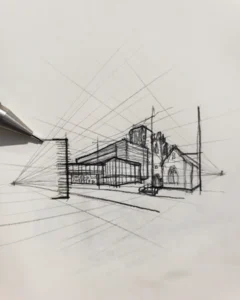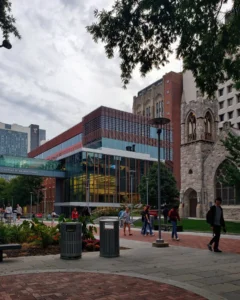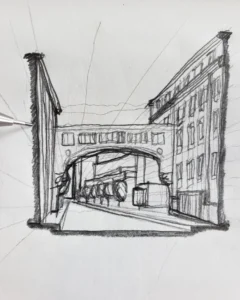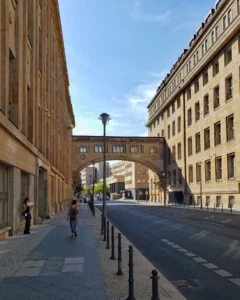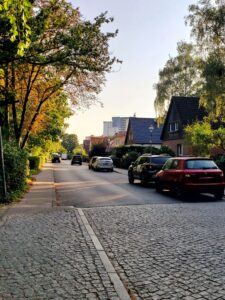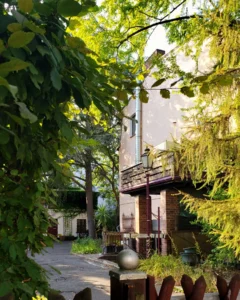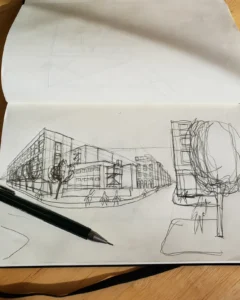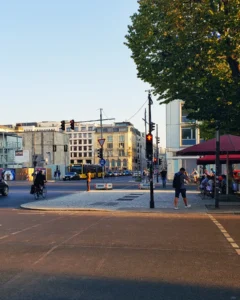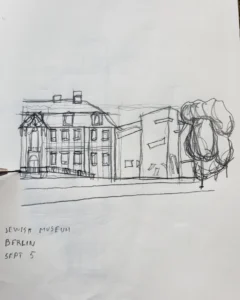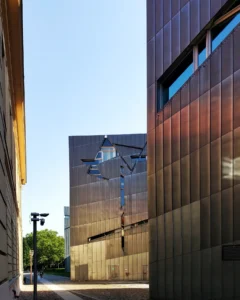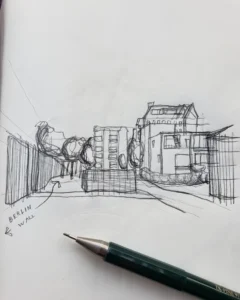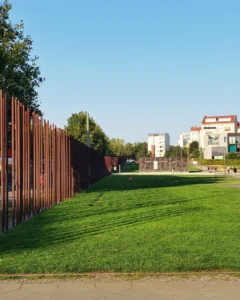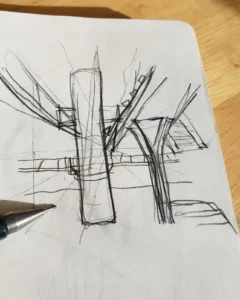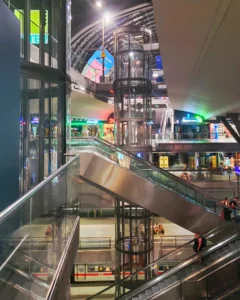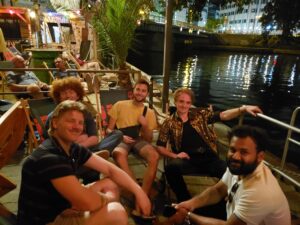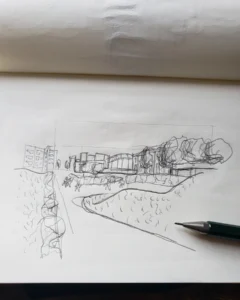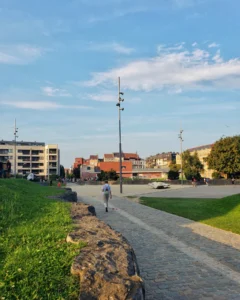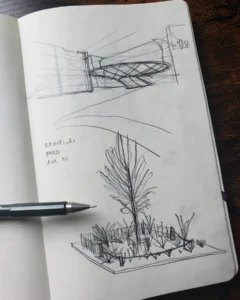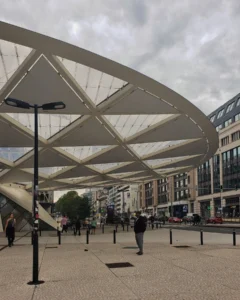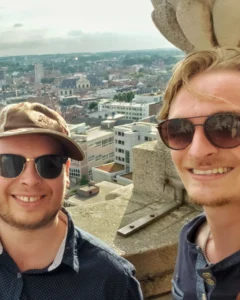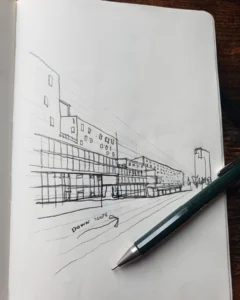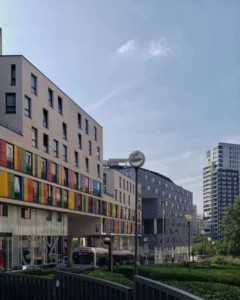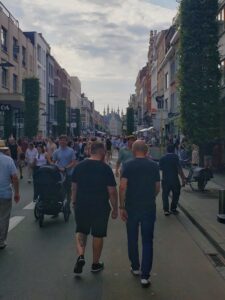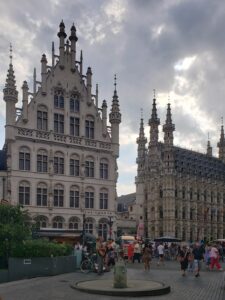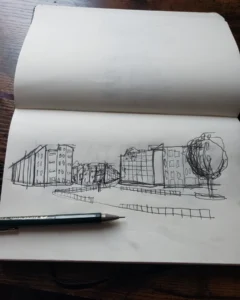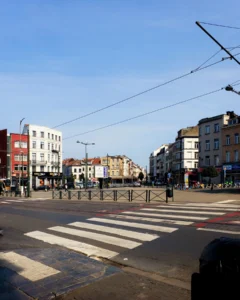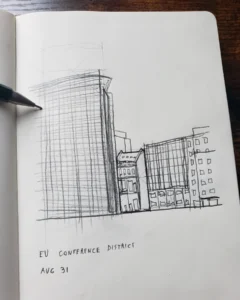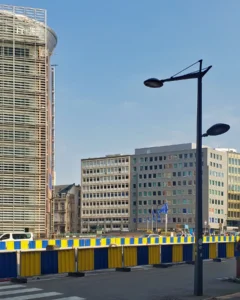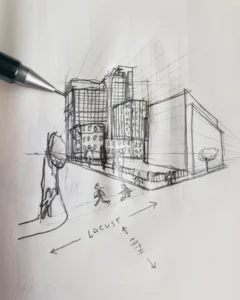
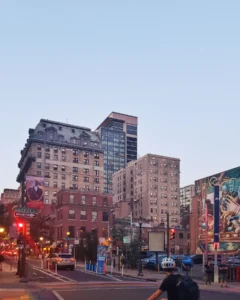
And finally after the stormy, hazy rush of a wonderful dream, I was back home in my familiar parts of the United States. Weeks of European travel juxtaposed against a carless lifestyle in this country is always a sore spot at first, as my very first 3.5 hours off the 9.5 hour plane were spent commuting through transit-to-transit. Vehicle-delays, company-switches, and some fairly… uncomfortable encounters… were enough to remind me the dream has ended for now. No matter: there are the wonderful parts of this country that I have missed as well, and the week of my return has had some cherished insights.
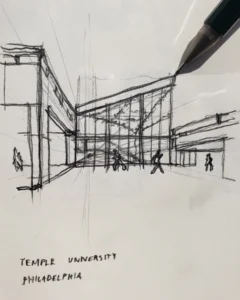
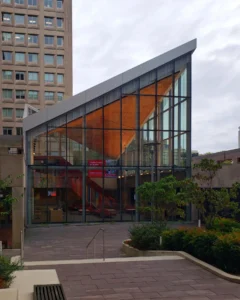
One of the first appreciations I’ve had were of the vast height that parts of this city achieve. One of the most particularly grandiose features of Brussels was its high-altitude composure of business districts, one that resonated with me as an East-coast American accustomed to settings like New York City. In Philadelphia however (and I supposed NYC as well) the high rise settings seems to sprawl endlessly, whereas I had a much easier time establishing borders in Brussels. Berlin doesn’t even seem comparable: the length between destinations was so vast that the high rises felt satirically urban in a suburban context. Perhaps authenticity is what I found attractive this week: Philadelphia’s high-rise, business, night-life, young-professional communities in Center City feel like they meet their intended purposes.
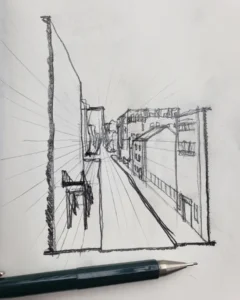
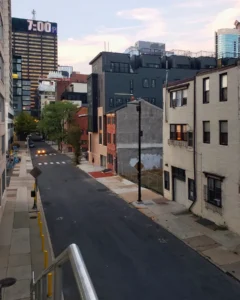
Contrarily: my ability to travel through the city has been nothing short of frustrating since I’ve returned. Between the delays in buses, missing my trains which only come every hour, and the lack of amenities like a simple grocery store, I’ve felt flustered. Just the other day, I was returning from a professional event in Southeast Philadelphia (near the Navy Yards) to my apartment in the Northwest. As small as a city Philadelphia is, my trip took over 2 hours (two buses, one metro, and a missed bus that turned into a lengthy walk). Che sara sara; I try not to let these bumps get on my nerves.
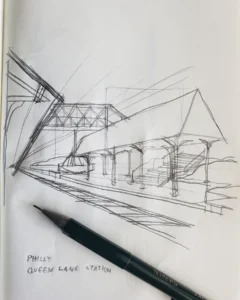
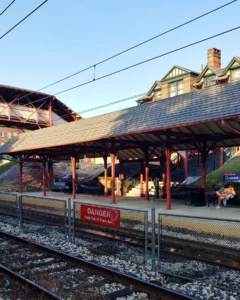
Philadelphia is also a deeply historical city for my country, and I have needed to reevaluate my appreciation of this for the sake of these studies. Although many of the places I have studied belong to a more 20th century paradigm, they still contained many embedded similarities to the areas of Brussels and Berlin that I had exposed myself. The arrangement of streets in Brussels felt very Philadelphian to me; the large axis roads act as guides for gridding sub-streets, while the natural landscape shifts neighboring city blocks into an organic, less-rigid arrangement. Wayfinding may not always be as easy as a simple, uniform grid (like what Berlin was clearly capable of achieving), but this hybrid of city planning techniques still has a way of generating clear navigational imagery inside the users’ heads. Many of Philadelphia’s housing I find to be incredibly beautiful, and much of it (no matter the state of the home) hosts amazing historical detailing. From the local-stone masonry to the preserved wood detailing, all of them have a story that excites me. My favorite trip was into Germantown, a working-class area that, in my opinion, features some of the amazing, hidden gems. Although I live so close, I’ve never given myself the true opportunity to practice my sketching here. For the first time, I could take in the delights that this community has to offer: homes, apartments, and even businesses.
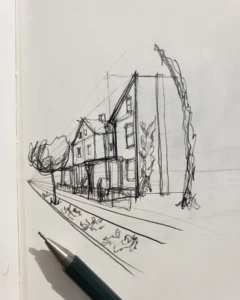
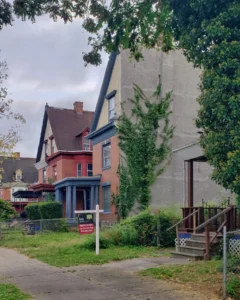
My plans as an architect are to drive my career towards city planning and a generally altruistic civic duty to the city in which I live. Although traveling is certainly a key aspect of my life, the far future could entail for me a permanent return to Philadelphia. If this were the case, these types of travels may very well result in my key decision making in this city. At the start of this trip, I hoped to gain valuable knowledge on city safety, transportation, and historic beauty that I could employ throughout my professional life. Now, I simply await the opportunity to do so.
